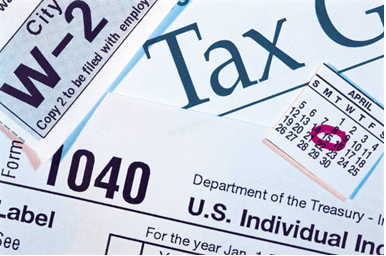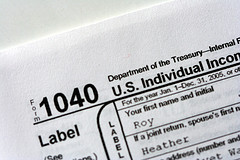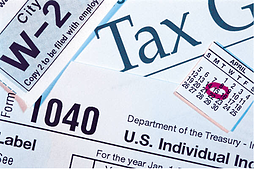If you have had an unsecured debt settled for more than $600 and less than the full balance, you may get a 1099-C around tax time.
Unfortunately, many tax preparers and/or accountants do not understand how to take care of this so you don't have to pay much or nothing extra in taxes!

The IRS wants to get as much tax from us as possible. Although we should pay our fair share of tax, many people pay much more than they should by not knowing or understanding the tax code on a 1099-C!
DISCLAIMER...
I am not a tax professional or attorney, so I am not giving tax or legal advice.
You should always consult a qualified tax authority.
Don't be surprised if they don't really understand how to deal with a 1099-C!
Example:
You had a Visa Credit Card with a balance of $5,000.
For whatever reason, you just could not keep up with the minimum payments due and the account became delinquent.
After receiving numerous calls, emails and letters, the account was transferred or sold to a "debt buyer".
A debt buyer (company who buys huge blocks of debt found in the records of the Credit Bureaus) can attempt to collect a debt just like the original creditor or the average debt collector.
Anyway, you are able to settle the account for $2,000, for a difference of $3,000.
The IRS says that this $3,000 was "FORGIVEN" and should be added back into your total gross income for that year.
Most people (and many tax professionals) mistakenly think that you have to pay $3,000 of additional tax!
NO....NO...NO..!!!
The 1099-C actually says (fine print at the bottom) that you may be EXEMPT if at the time of this "FORGIVENESS" you were INSOLVENT.
In IRS terms, INSOLVENT means that at the time of this settlement/forgiveness your LIABILITIES were greater than your ASSETS, then you DO NOT have to add this FORGIVEN income back in to be taxed!
How do you prove to the IRS that your were INSOLVENT at the time of the settlement/forgiveness?
The process is actually very simple (although again, many tax professionals do not understand it!).
You will need to provide some documentation and an IRS Form 982.
Here is a link that will provide you with the necessary documentation, IRS Form 982 and a simple example.
At Debt Relief NW, LLC, we have been helping people deal with having too much debt for a little over 20 years now.
If you have questions, let us know:











 When you settle a debt for less than the full balance due, and this is for $600 or more, the creditor or debt collector may report this to the Internal Revenue Service. I say "may report" because they don't always report a settled or "forgiven" debt.
When you settle a debt for less than the full balance due, and this is for $600 or more, the creditor or debt collector may report this to the Internal Revenue Service. I say "may report" because they don't always report a settled or "forgiven" debt. 


 If you have received a 1099-C, DON'T PAY THE ADDITIONAL TAX until you know your rights!
If you have received a 1099-C, DON'T PAY THE ADDITIONAL TAX until you know your rights!

